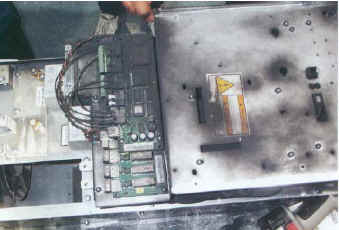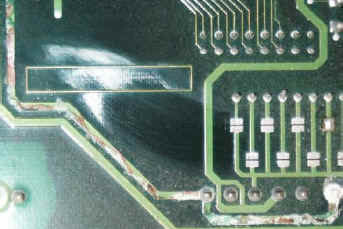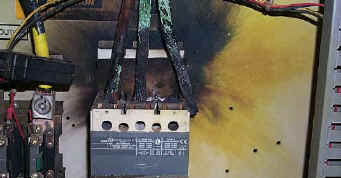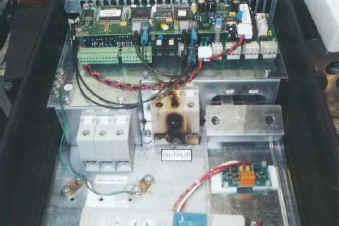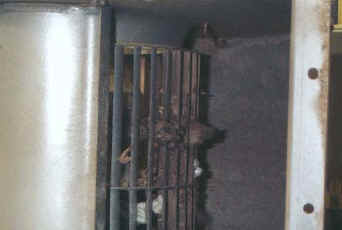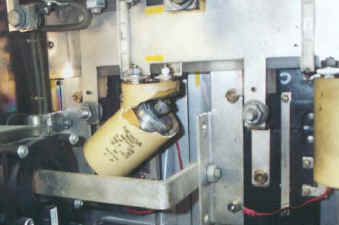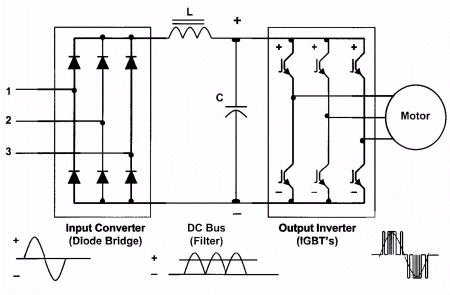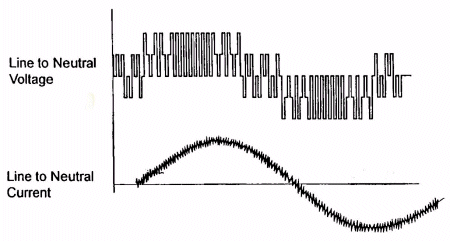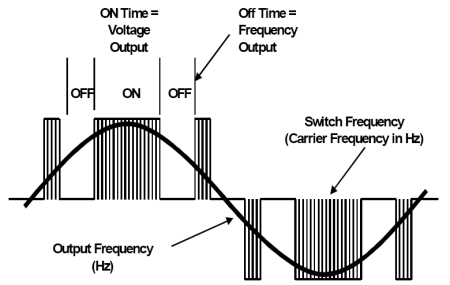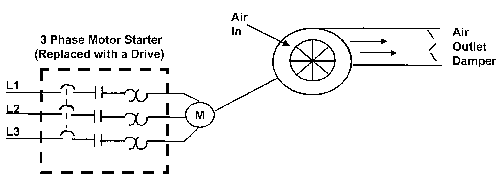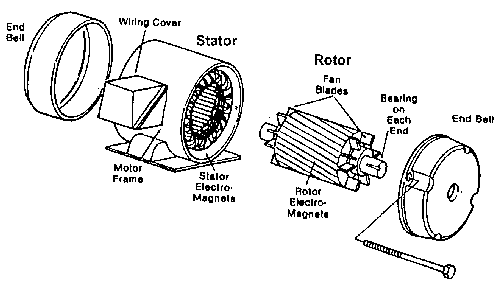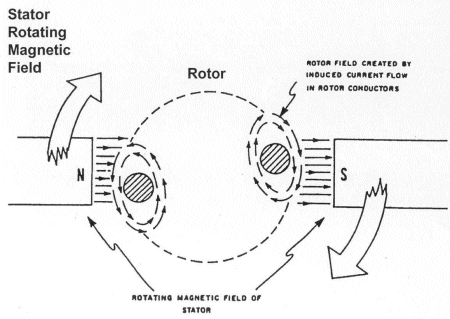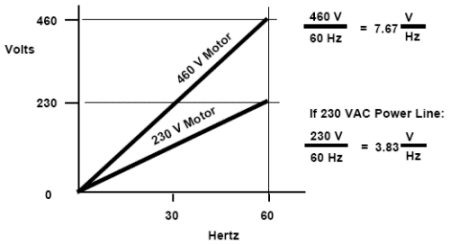Here’s an essential truism – knowing what to ask for is key to getting what you want. What follows is a checklist, with comments as appropriate, intended to help you define your variable speed drive (VSD) needs and ensure you get exactly the drive your application requires.
Motor Data:
- Full load amperage (from the motor nameplate)
This will typically be labelled as “F.L.A.” on AC induction motors; “ARM Amps” and “FLD Amps” on DC motors. Rated amperage, NOT horsepower, is used to properly size VSD’s, because the power electronics are sized to conduct a certain amount of current for a certain amount of time, which can vary for a given motor horsepower depending on torque required.
- Rated phase, frequency and voltage
This information can again be found on the motor nameplate. Often AC motors are rated for dual frequency (50/60 Hz); if so, this information should be included on the nameplate. If you intend to operate such a motor above rated speed, take care to note any changes to Service Factor; the dual frequency rating usually means a lower Service Factor when supplied with power at the lower frequency. For DC motors, you will typically need to identify armature volts (often simply labelled “volts”) and field volts (“FLD volts”).
For single-phase motors, speed control options are limited to simple in-line resistors, older triac/variac controls, or very low horsepower/low torque adjustable frequency controls. In many cases, if adjustable speed is desired for single-phase motors above about 2 HP, it will be less costly to replace the motor with a three-phase model.
- Inverter Duty rating
AC motors designed in compliance with NEMA MG-1 Parts 30 and 31 are suitable for use with VSDs because of their inherently higher voltage withstand capabilities. Many, but not all, of these motors will be labelled as such. If you have a motor built more than 20 years ago, and/or operated regularly for the last 10 years, it is prudent to test the motor’s insulation system prior to deciding to control it with a VSD. Ideally, the insulation system will be capable of withstanding voltage levels in compliance with MG-1 standards (1600 volts for a 460V motor); lesser capabilities should be assessed to determine whether drive output filters, or worst case a new motor, might be needed.
- Rated speed and desired turn-down
Turn-down is defined as the ratio of lowest operating speed to rated (base) speed. For example, a 20:1 turn-down for a 1,800 rpm motor would mean a lowest desired speed of 1,800/20 = 90 rpm. Most modern drives are readily capable of excellent speed regulation for turn-downs of 1000:1 or higher, so this ratio is more critical as related to self-cooled (“air-over”) motors. When looking for a drive to operate a motor continuously at a speed of less than about 60% of rated, care must be taken to ensure that the motor does not overheat.
Application Data:
- Incoming (supply) phase, frequency and voltage
Drives can typically accommodate voltage ranges of +10/-15% and frequency ranges of +/-5%.
In cases where the available supply is single-phase, VSDs can be used to “add a phase” to produce three-phase output. This comes at a cost, however; VSDs capable of accepting a single-phase input have more robust converter and DC bus sections to allow longer rectifier firing times and higher magnitudes of DC ripple without over-heating. Some smaller drives – up to about 5 HP – are manufactured this way; in other cases, the VSD output current must be de-rated by 50% when fed with single-phase. In effect, this means that for a 20 HP load, a 40 HP drive needs to be specified.
- Ambient environment for drive installation
Is the area in which the drive will be installed climate controlled? Protected from access by unauthorized personnel? Subjected to moisture/dust/corrosives? These factors and others must be considered when specifying an enclosure/suitable protection for the drive. Most standard drives are rated IP00 (open chassis), IP20 (finger-protected), or IP21 (NEMA 1/UL type 1); other protection is optional (and at additional cost).
- Load torque requirements
In order to define starting (breakaway) torque needed, it is helpful to know, at a minimum, the load torque profile. Variable torque (a.k.a. quadratic torque) applications demand less momentary overload capacity of the drive, so normal (or light) duty drives can be specified for these applications. Constant torque loads, on the other hand, usually require heavy-duty rating to accommodate the higher starting torque.
- Motor lead length
This is the length of motor leads from the VSD output to the motor, not the linear distance of separation between the VSD and motor. Because of the high-speed switching of drive output electronics, longer leads increase radiated noise and voltage levels seen at the motor terminals. Leads longer than about 50 meters mean that the need for output filters on the VSD should be considered.
- Single motor or multi-motor application
A VSD can supply multiple motors provided it is rated for at least the sum of the full-load amperages of all the connected motors. However, there are other application considerations, including motor protection and starting profiles, which require a more detailed analysis of the application before the drive can be specified. A qualified engineer/designer should be consulted.
The above represent the bare essentials needed to properly specify a drive for a given motor application. Other considerations include, among others, the need for electromagnetic interference reduction, impacts of harmonic distortion caused by the drive’s electronics on sensitive nearby equipment, process network communications. These are extensive topics in and of themselves and are fodder for future columns.
Regards,
Simon Fan
VTdrive Technologies
VTdrive Technologies






